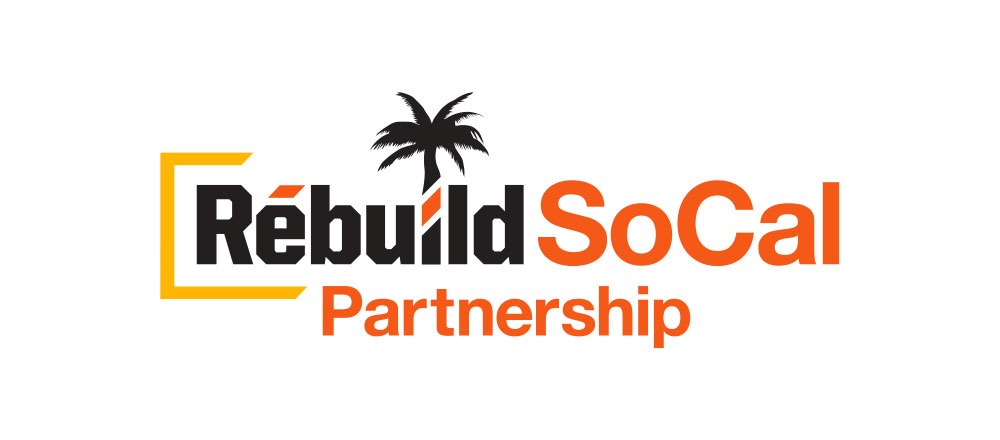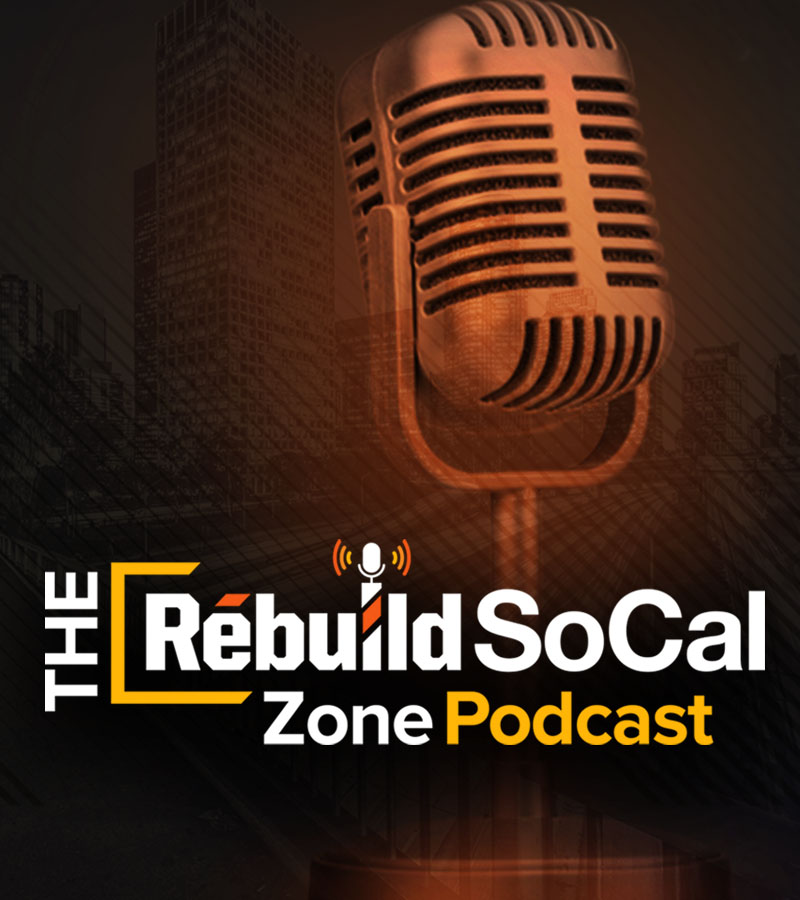It’s been three weeks since Metro opened its newest light rail line to the public. The K Line, also known as the Crenshaw/LAX Line, serves the communities of West Adams, Jefferson Park, Baldwin Hills, Leimert Park, Hyde Park, Inglewood, Westchester and others. The new line is anticipated to carry more than 32,000 passengers a day by 2035.
Seven stations opened on October 7th, connecting the Metro E Line (Expo) to Westchester. Two additional stations are anticipated to open in 2024 which will connect riders to Los Angeles International Airport via its People Mover to airport terminals, providing the first direct transit connection to one of the world’s busiest airports.
The $2.1 billion K Line represents Metro’s largest transportation investment in the South Los Angeles region in more than 20 years ago. It was largely funded by local tax dollars from Measure R which was approved by voters in 2008 as well as key federal funding grants and loans.
“What was conceived decades ago as only lines on a map and a hopeful dream have today been made a reality thanks to county taxpayers’ investment in Metro,” said Glendale City Council Member and Metro Board Chair and Ara J. Najarian. “We now have a train that Angelenos can take to reach destinations they never could before via Metro Rail.”
The K Line is a part of Metro’s ambitious rail expansion plan in Los Angeles County. With Metro’s other Measure M voter-approved transportation tax measure in 2016, the agency now has the biggest rail expansion program in the United States. Other projects under construction include the Regional Connector Transit Project in downtown L.A. and the Purple (D Line) Extension Project that will connect downtown Los Angeles with West Los Angeles. Metro also has plans to expand the K Line north to Hollywood.
Learn more at kline.metro.net
Rebuild SoCal Partnership provides information about other construction projects that affect communities throughout Southern California. Keep up-to-date on essential infrastructure issues by signing upfor the Rebuild SoCal Partnership newsletter. Follow us on Facebook, Twitter, and Instagram, and listen to The Rebuild SoCal Zone podcast.

